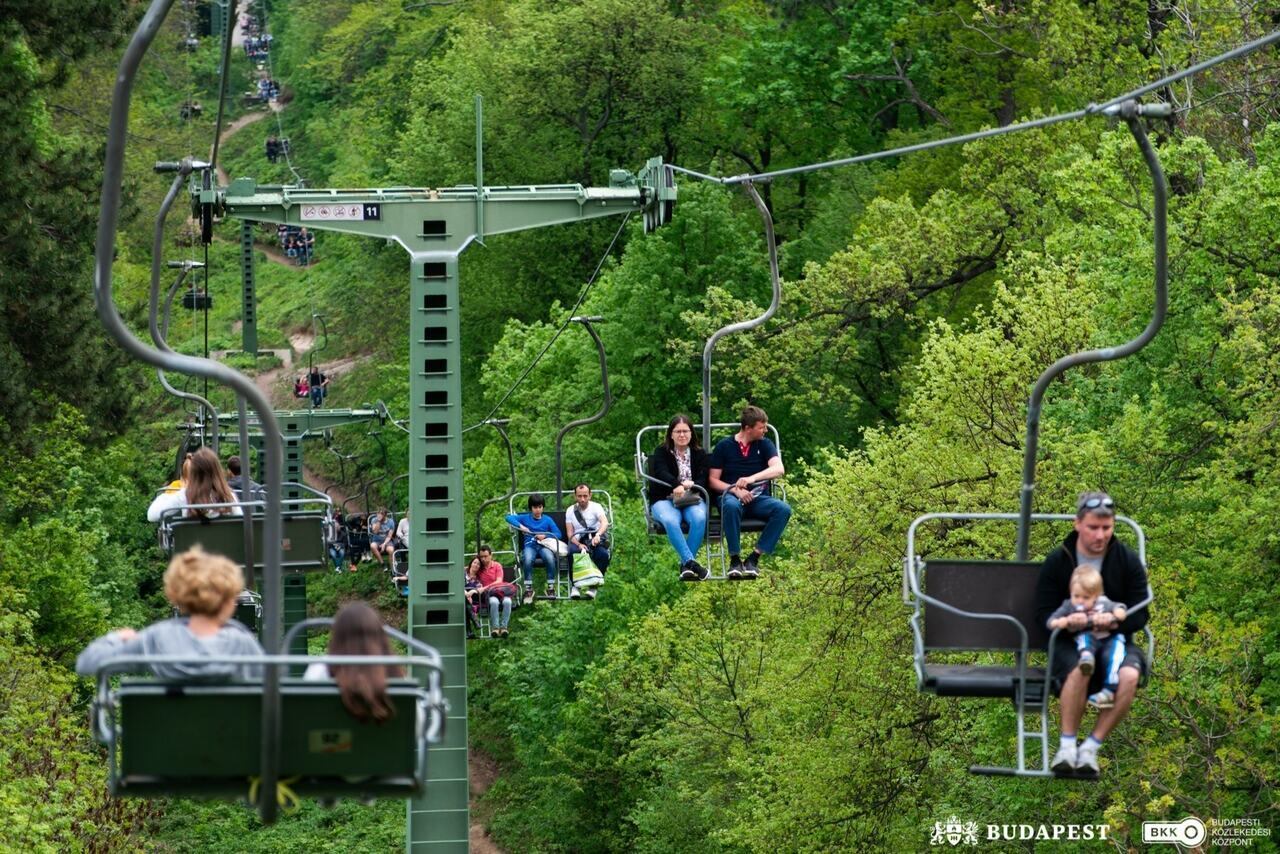Controversial measure: will Budapest ban high-polluting cars?
Official air quality monitoring stations in Budapest regularly indicate lower pollution levels than reality, according to findings from the German Environmental Action Germany (DUH) and the Hungarian Clean Air Action Group. Following a joint air pollution measuring project in the Hungarian capital, it has been suggested that the most polluting cars could face bans, impacting thousands of car owners.
According to portfolio.hu, DUH and the Hungarian Clean Air Action Group shared their results yesterday at the Goethe Institute in Budapest. Their study focused on measuring the concentration of two substances: nitrogen dioxide (NO2) and ambient ultrafine particles (PM0.1), with traffic in the Hungarian capital identified as the primary source of both.
Nitrogen dioxide is known to cause respiratory illnesses, chronic inflammation of the lungs and eye irritation, while ambient ultrafine particles can infiltrate the bloodstream, leading to cardiovascular disorders.
Experts from DUH conducted measurements at various locations across Budapest, including close proximity to official air pollution monitoring stations. They noted that the positioning of these stations near green parks could distort the data. Consequently, contamination levels were assessed on busy thoroughfares such as Rákóczi and Üllői streets, as well as Blaha Lujza Square.
Will old cars be banned from Budapest?
The NGOs found exceptionally high nitrogen dioxide concentrations when older vehicles passed by the monitoring devices. That conclusion supports experts’ opinion that only 10% of the cars are responsible for 60% of pollution. Emphasising this point, they asserted in their statement that restricting the circulation of such vehicles could considerably improve air quality in Budapest.
Furthermore, taking cues from German practices, they recommended speed reductions to 30 km/h in narrow streets surrounded by high apartment buildings with poor ventilation. They also said authorities should prohibit high-polluting vehicles from accessing these streets and areas.
A striking disparity in NO2 concentration levels was found in Elizabeth Square compared to readings from the official monitoring station. Consequently, efforts will be made to address this discrepancy with the operator, the Hungarian Meteorological Services.
According to the World Health Organisation (WHO), air pollution ranks as the second leading cause of death globally, excluding infectious diseases, following smoking.
Read also:
- Police to invade Hungary’s roads from Monday – HERE is what they are checking
- Superb news: Hungarian Wizz Air saves passengers after Ryanair’s announced departure – Read more in THIS article
Featured image: depositphotos.com
please make a donation here
Hot news
The world’s oldest Olympic champion, Ágnes Keleti, visited Madame Tussauds Budapest
Unexpected: President Xi will announce colossal Chinese carmaking plant near Hungarian city
The European Parliament spreads lies about Hungary?
CPAC Hungary: US, Dutch, Argentinian, Chilean, Polish politicians praised Orbán, Trump; slammed Brussels, Biden, wokeism
Hot, summer-like weather returns this weekend in Hungary
Beware! Budapest Airport shuttle service changes from today!





2 Comments
I can’t agree more. The air quality in Budapest needs to improve and you can spot the worst cars and trucks. Diesel is a curse to air quality.
Yes, the air in Budapest is not mountain air quality. This is the case in all big cities all over the world for centuries.
Older cars should be banned based on the opinion of The Clean Air Action Group (CAAG) a “green” environmental Hungarian NGO and another activist green environmental NGO, Environmental Action Germany who is one of the German members to the European Environmental Bureau (EEB) in Brussels. It must be clear to anyone what agenda these organizations serve. The green transition that will destroy all wealth and independence in Europe.
WHO another private organization that serves the same agenda! Over 80 per cent of WHO’s funding relies on “voluntary contributions,” The Bill & Melinda Gates Foundation alone is responsible for over 88 per cent of the total amount donated by philanthropic foundations to the WHO. Other contributors include the Bloomberg Family Foundation (3.5 per cent), the Wellcome Trust (1.1 per cent) and the Rockefeller Foundation (0.8 per cent).